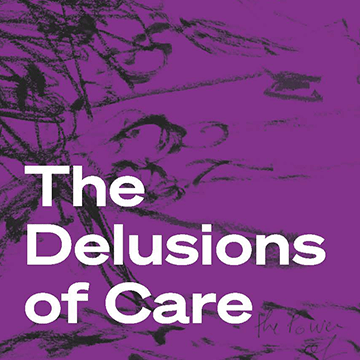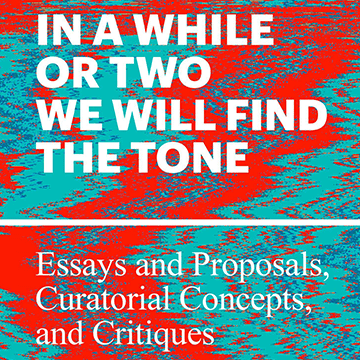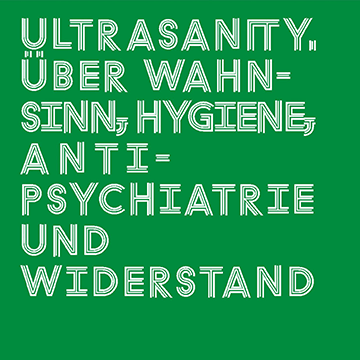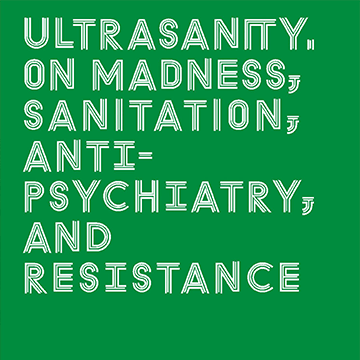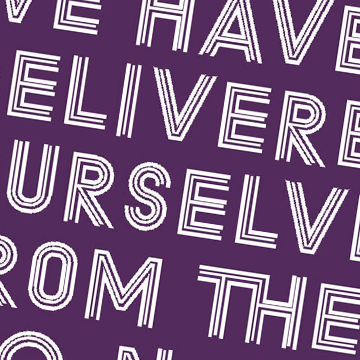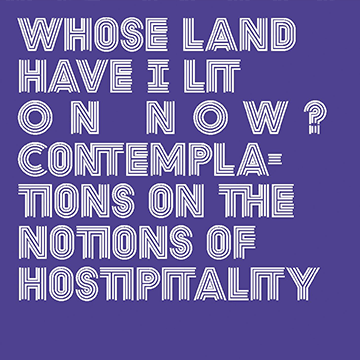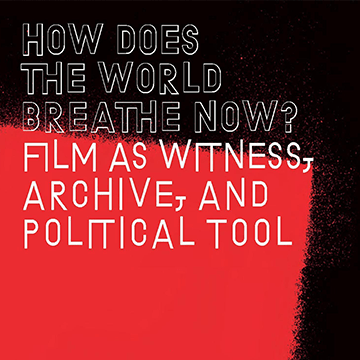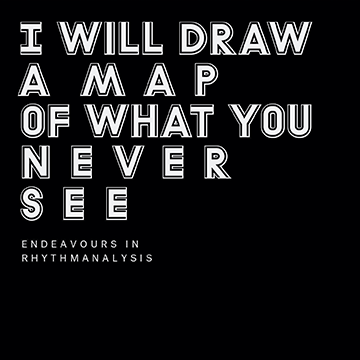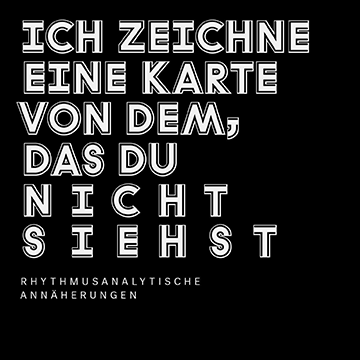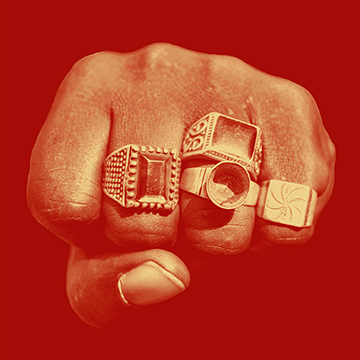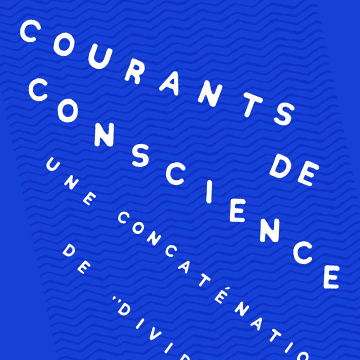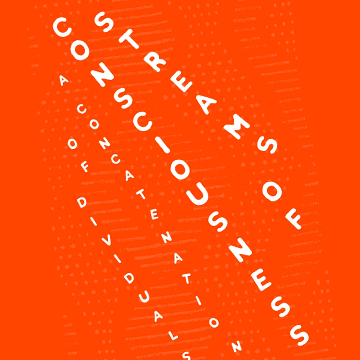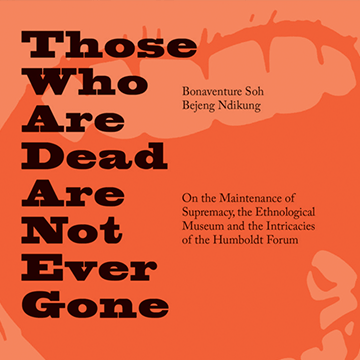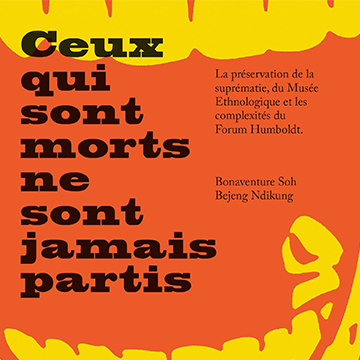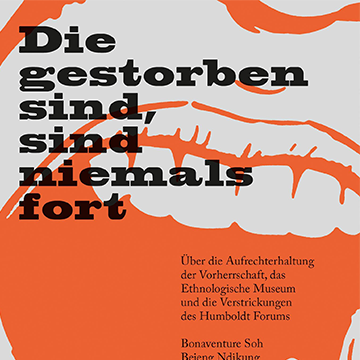The Delusions of Care is a culmination of three long essays that ruminate on notions of care in our contemporary and historically. It is concerned with the appropriation of care by the capitalist establishment as much as supremacists of all kinds. What can we consider as care and who gives care for what reasons.
Tag: Bonaventure Soh Bejeng Ndikung
In a While or Two We Will Find the Tone
Bonaventure Soh Bejeng Ndikung’s expanded curatorial practice delineates the space of exhibition making as a space of critical thinking and of experimentation. By proximity, the texts in this anthology, echo each other, resonate with each other, interfere with each other, and present perspectives on the political, poetic, and philosophical potentials of exhibition making, beyond the tight corset of the discipline itself.
U L T R A S A N I T Y
Dieses Buch legt eine Auswahl von Worten, Arbeiten und Bildern offen, die es geprägt, angestiftet und verkörpert haben. Es wurde nicht einfach als ein Ausstellungskatalog realisiert, sondern als eine Publikation die einen Rechercheverlauf nachverfolgt, als eine Gelegenheit SAVVYs kuratorischen Vorschlag um eine zusätzliche chorale Perspektive zu erweitern.
U L T R A S A N I T Y
This publication unfolds as a collection of words, works, and images that informed, incited, and embodied SAVVY Contemporary’s project Ultrasanity. On Madness, Sanitation, Antipsychiatry, and Resistance, an exhibition and research project on the elasticity of sanity.
We Have Delivered Ourselves From the Tonal
We Have Delivered Ourselves from the Tonal — Von, mit, zu, über Julius Eastman ist eine Auswahl von Essays, Libretti, Liedtexten, Erinnerungen, Fotos und persönlichen Anekdoten von Musiker*innen, bildenden Künstler*innen, Forscher*innen und Archivar*innen, die dem Werk und Leben des afroamerikanischen Komponisten, Musikers, Performers und Aktivisten Julius Eastman Ehre erweisen.
We Have Delivered Ourselves From the Tonal
We Have Delivered Ourselves from the Tonal — Of, Towards, On, For Julius Eastman is a collection of essays, librettos, lyrics, memories, photos, personal anecdotes by musicians, visual artists, researchers and archivers that pays homage to the work and life of African-American composer, musician, performer, activist Julius Eastman.
Whose Land Have I Lit on Now?
The unlikely seemed possible in the summer of 2015, as thousands of immigrants from mostly Syria made their way to Germany and Angela Merkel made the statement “Wir schaffen das” (We can do it/ we can cope with it). A German's venture into open hospitality was being witnessed as the country celebrated its newfound “Willkommenskultur.”
How Does The World Breathe Now?
The film series conceived of by SAVVY Contemporary, which ran from September 2016 through March 2018, was a response to our own dismay at the continued injustices that the world faces. Each week SAVVY invited a different speaker who would choose a film that she or he felt answered, or asked more questions of, the question, “how does the world breathe now?”
I Will Draw a Map of What You Never See
A gathering of the echoes, memories and findings after three years of research, performances, exhibitions and conversations within the project That, Around Which The Universe Revolves. On Rhythmanalysis of Memory, Times, Bodies in Space. This publication brings together visual artists, urbanists, writers, photographers, performers, poets, and theorists to investigate the interrelations of space and time, memory, architecture and urban planning through and beyond Henri Lefebvre’s concept of Rhythmanalysis.
Ich Zeichne Eine Karte Von Dem, Das Du Nicht Siehst
Eine Ansammlung von Echos, Erinnerungen und Erkenntnissen aus drei Jahren Forschung, Performances, Ausstellungen und Gespräch im Rahmen von That, Around Which The Universe Revolves. On Rhythmanalysis of Memory, Times, Bodies in Space. Henri Lefebvres Konzept der Ryhthmusanalyse durch- und weiterdenkend, bringt diese Publikation Künstler*innen, Stadtplaner*innen, Schriftsteller*innen, Photograph*innen, Performer*innen, Dichter*innen und Theoretiker*innen zusammen, um die Beziehungen zwischen Raum und Zeit, Erinnerung, Architektur und Städteplanung zu untersuchen.
Streams of Consciousness. Catalogue
The moment of a snapshot could be an extended moment of capturing the stream of consciousness. The moment something catches the attention of the photographer, the many associations that are made conceptually and aesthetically, the many references that are invoked and situations convoked lead to the shot. Thinking is as much an active as a passive process, and what becomes important is how that which is seen, heard, smelled, felt, tasted or perceived in another way triggers the inner eye to see or inner voice to utter thereby setting this stream of consciousness in motion.
Courants de conscience. Reader
Conçue pour la 12ème édition des Rencontres de Bamako ce livre recueille la pensée des écrivains, des poètes et des artistes quant à la pratique de la photographie en Afrique et à travers sa diaspora de part la notion de « courant de conscience ».
La notion de courants de conscience est liée de manière intrinsèque à celle d’une profondeur de la vision : en d’autres termes, elle correspond à l’idée que la vision peut transcender ses confins optiques pour invoquer les autres sens. La photographie en tant que force vectorielle d’une telle conception de la vision, fait acte de prothèse pour combler notre regard appauvri.
Streams of Consciousness. Reader
Conceived for the 12th Edition of the Bamako Encounters this book captures thoughts and responses of writers, poets, and artists to the curators’ proposition to think the practice of photography in Africa and its diaspora through the notion of the “stream of consciousness.”
The moment of capturing an image can be understood as a solidifying of the streams of consciousness which occur in the photographer’s mind in that decisive moment: the photograph then becomes the place of convergence of all conceptual, aesthetic and cultural ideas and associations out of which the impetus to capture arose.
Those Who Are Dead Are Not Ever Gone
The institution of the ethnological museum seems to be in the midst of a serious crisis of choking. The delicacies that most of these museums have acquired, which is to say co-opted, which is to say ingested, seem to have collectively missed the track to the oesophagus and got stuck in the respiratory tract. They have been stuck there for as long as the history of mass collections, acquisitions and looting, for as long as the ruthless and ongoing extraction of cultural property in the former colonies outside of Europe. A twelve-act essay on the maintenance of supremacy, the ethnological Museum and the intricacies of the Humboldt Forum.
Ceux qui sont morts ne sont jamais partis
L’institution du musée ethnologique semble traverser une véritable crise d’étouffement. Les mets délicats acquis, ou plutôt cooptées, pour ainsi dire ingérées par la majorité de ces musées, semblent avoir été dépistés de la route vers l’œsophage et s’être coincés dans les voies respiratoires. Toutes ces choses y sont coincées depuis l’acquisition, le pillage, de ces objets. En somme, depuis l’impitoyable déracinement des biens culturels qui perdure jusqu’à nos jours dans les anciennes colonies hors d’Europe. Un essai en 12 actes sur la préservation de la suprématie, le Musée Ethnologiques et les complexités du Forum Humboldt.
Die gestorben sind, sind niemals fort
Die Institution des Ethnologischen Museums scheint sich in einer ernsten Krise des Erstickens zu befinden. Die Delikatessen, welche die meisten solcher Museen meist unter zweifelhaften Bedingungen erwarben, mit anderen Worten genossen und verschluckt haben, scheinen kollektiv den Weg in den Oseophagus verpasst zu haben und blieben stattdessen im Atmungsapparat stecken. Sie hängen dort schon so lange fest, wie die Geschichte von Massensammlungen, Erwerbungen, Plünderungen; so lange wie der rücksichtslose und fortwährende Abbau von Kulturgut in den ehemaligen Kolonien außerhalb Europas bereits andauert.
